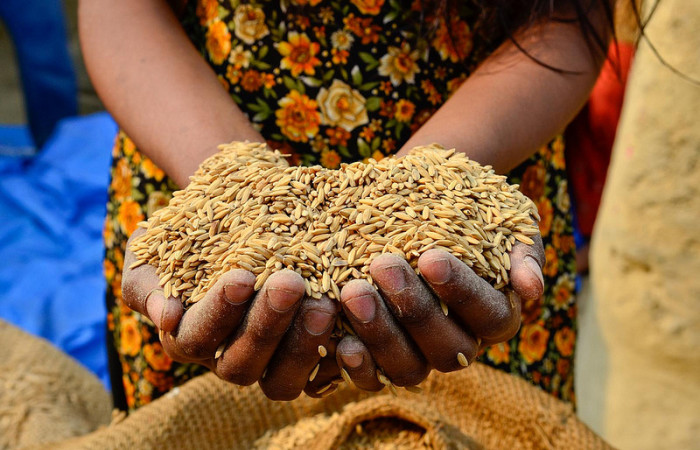
As the IPCC released its Working Group III report, leading scientists, practitioners and financiers identified actionable opportunities for reducing agricultural greenhouse gas emissions and increasing farmers’ food security and resilience to climate change.
Experts agreed that a number of high-impact options are already actionable at a meeting convened by the CGIAR Research Program on Climate Change, Agriculture and Food Security (CCAFS), Global Research Alliance on Agricultural Greenhouse Gases (GRA), and World Bank on 16 April in Washington, DC. (Please find links to the WGIII report here and all presentations and videos at the end of this blog.)
One set of options centers around producing food differently through adoption of conservation and climate-smart agriculture approaches that increase farmers’ productivity and adaptation to climate change, while also providing mitigation benefits. Examples include:
- Conserving existing carbon stocks (in forests, peatlands, wetlands, and soil) by avoiding carbon stock degradation and enhancing carbon sequestration in soils, biota and long-lived products
- Reducing CH4 or N2O emissions from livestock systems, for example through improved feed and forage, animal health, manure management and grazing management
- Avoiding N2O emissions through efficient use of nitrogen fertilizer in croplands
- Reducing CH4 and N2O emissions from irrigated rice, through water and nitrogen fertilizer management
These options are globally actionable and supportive of countries’ development priorities, but regional and national priorities vary. For example, while many countries are committing to an alternate wetting and drying system for irrigated rice production, fertilizer-related emissions is a priority in China. Continue reading.








